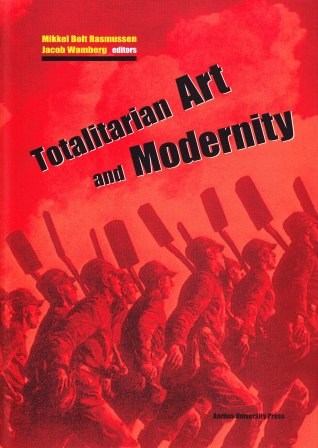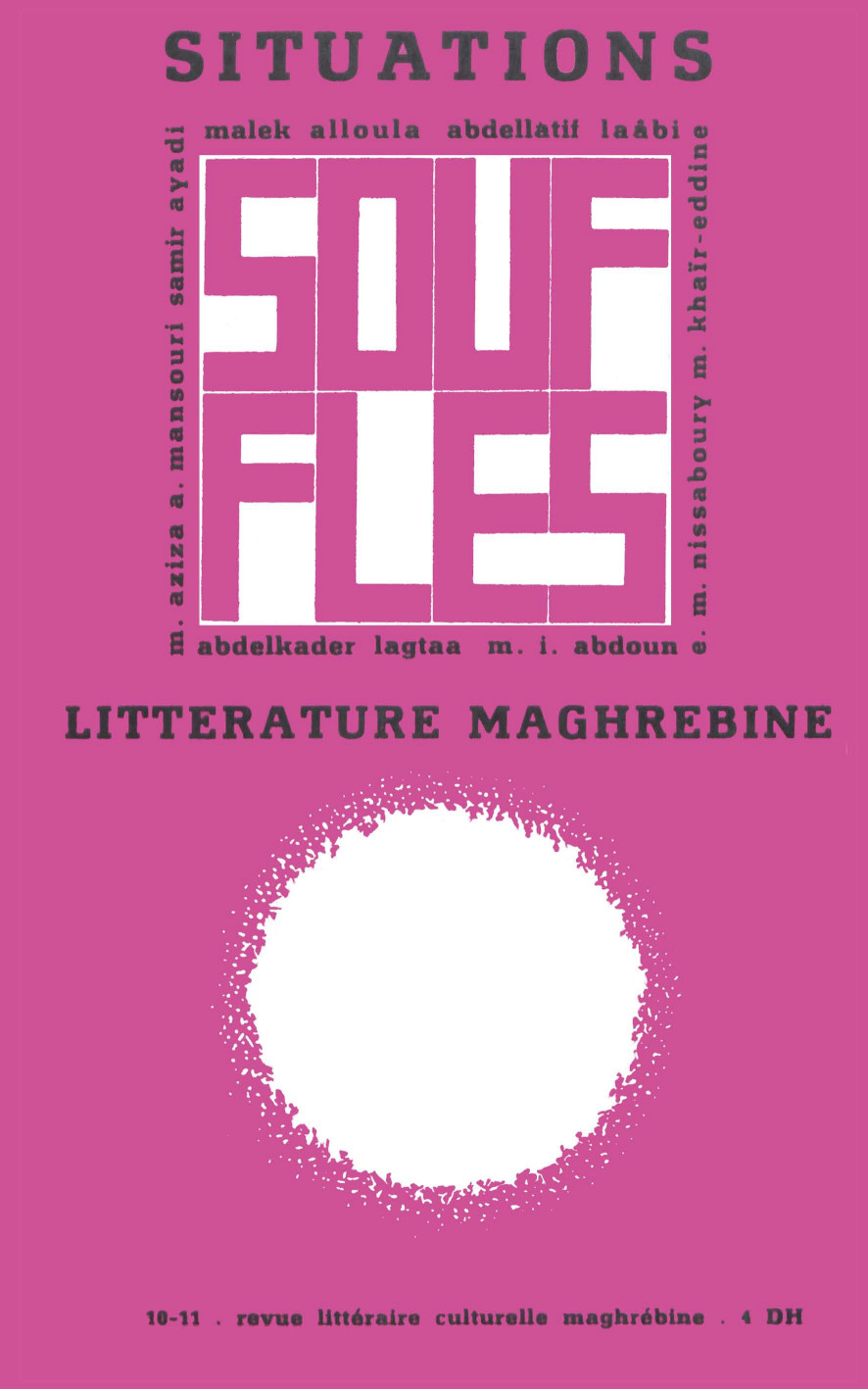Fritz Neumeyer: The Artless Word: Mies van der Rohe on the Building Art (1986/1991)
Filed under book | Tags: · architecture, modernism, philosophy, theory

“Mies van der Rohe’s architecture has been well documented, yet his writings, which contain the key to understanding his work, have been largely unexplored. From a body of writing that is surprisingly large for the self-described “unwilling author,” Fritz Neumeyer reconstructs the metaphysical and philosophical inquiry on which Mies based his modernism.
An appendix presents all of the essential texts by Mies, including some that have not previously appeared in English. Of special interest is the manuscript notebook from the Mies van der Rohe Archive in the Museum of Modern Art, New York, dating from the crucial years 1927-28 and published for the first time in this book.”
First published as Mies van der Rohe. Das kunstlose Wort. Gedanken zur Baukunst, Siedler, Berlin, 1986.
Translated by Mark Jarzombek
Publisher MIT Press, 1991
ISBN 0262140470
xxii+386 pages
PDF (26 MB)
Comment (0)Mikkel Bolt Rasmussen, Jacob Wamberg (eds.): Totalitarian Art and Modernity (2010)
Filed under book | Tags: · art history, avant-garde, capitalism, communism, democracy, fascism, labour, modernism, modernity, monument, mythology, nazism, politics, revolution, socialism, socialist realism, soviet union, technology, totalitarianism, war

“In spite of the steadily expanding concept of art in the Western world, art made in twentieth-century totalitarian regimes – notably Nazi Germany, fascist Italy and the communist East Bloc countries – is still to a surprising degree excluded from mainstream art history and the exhibits of art museums. In contrast to earlier art made to promote princely or ecclesiastical power, this kind of visual culture seems to somehow not fulfill the category of ‘true’ art, instead being marginalised as propaganda for politically suspect regimes.
Totalitarian Art and Modernity wants to modify this displacement, comparing totalitarian art with modernist and avant-garde movements; confronting their cultural and political embeddings; and writing forth their common generalogies. Its eleven articles include topics as varied as: the concept of totalitarianism and totalitarian art, totalitarian exhibitions, monuments and architecture, forerunners of totalitarian art in romanticism and heroic realism, and diverse receptions of totalitarian art in democratic cultures.”
With contributions by Mikkel Bolt, Sandra Esslinger, Jørn Guldberg, Paul Jaskot, Jacob Wamberg, Christina Kiaer, Anders V. Munch, Kristine Nielsen, Olaf Peters, K. Andrea Rusnock, and Marla Stone.
Publisher Aarhus University Press, Århus, 2010
Acta Jutlandica series, 9
ISBN 8779345603, 9788779345607
359 pages
via Mikkel Bolt
PDF (10 MB)
Comment (0)Souffles: revue maghrébine littéraire et culturelle (1966-71) [French, Arabic]
Filed under magazine | Tags: · africa, art, film criticism, left, literature, maghreb, modernism, morocco, négritude, poetry


““This slim booklet contains dynamite,” wrote Policy in its 1966 review of new Moroccan quarterly magazine, Souffles. Instigated by a small group of self-professed “linguistic guerrillas” as “a manifesto for a new aesthetics in the Maghreb”, it became a conduit for a new generation of writers, artists, and intellectuals to stage a revolution against imperialist and colonial cultural domination. The starting point for this revolution was language.
From its first issue, Souffles posed an aggressive challenge to the traditional Francophone and Arabophone literary divides by encouraging experimentation, translations and collaborations. It wasn’t long before its trademark cover emblazoned with an intense black sun radiated throughout Africa, the Arab world, West Indies and the Black Atlantic. In the early 1970s the magazine changed focus. Motivated by the crushing Arab defeat in Six-Day War and the Paris uprisings, its founder, editor and publisher Abdellatif Laâbi declared that “literature was no longer sufficient.” After the 15th issue, dedicated to Palestine, Souffles underwent a major redesign, emerging as a new firebrand organ of leftist revolutionary group, Ila al-Amam. This new political agenda caught the attention of the authorities and in 1972 the magazine was banned and Laâbi arrested. While in prison he was awarded several international poetry prizes. After a long solidarity campaign, he regained his freedom in 1980.
Souffles was inspired by Frantz Fanon’s The Wretched of the Earth, as well as early postcolonial writers such Aime Cesaire, Mario de Andrade, and René Depestre and journals like Presence Africaine. Since its demise, few publications have matched its stature, appeal, or intellectual authority. Its influence can however be felt in contemporary magazines such as Le Journal, Nichane and Biddoun.” (Source)
Up to the double issue 10-11, the magazine was in French only, afterwards it also included Arabic section entitled Anfâs. The magazine cover was designed by painter Mohamed Melehi.
Edited by Abdellatif Laâbi
Published in Rabat, Morocco, 1966-71
via Bibliothèque nationale du royaume du Maroc
Editor
Writings about the magazine

